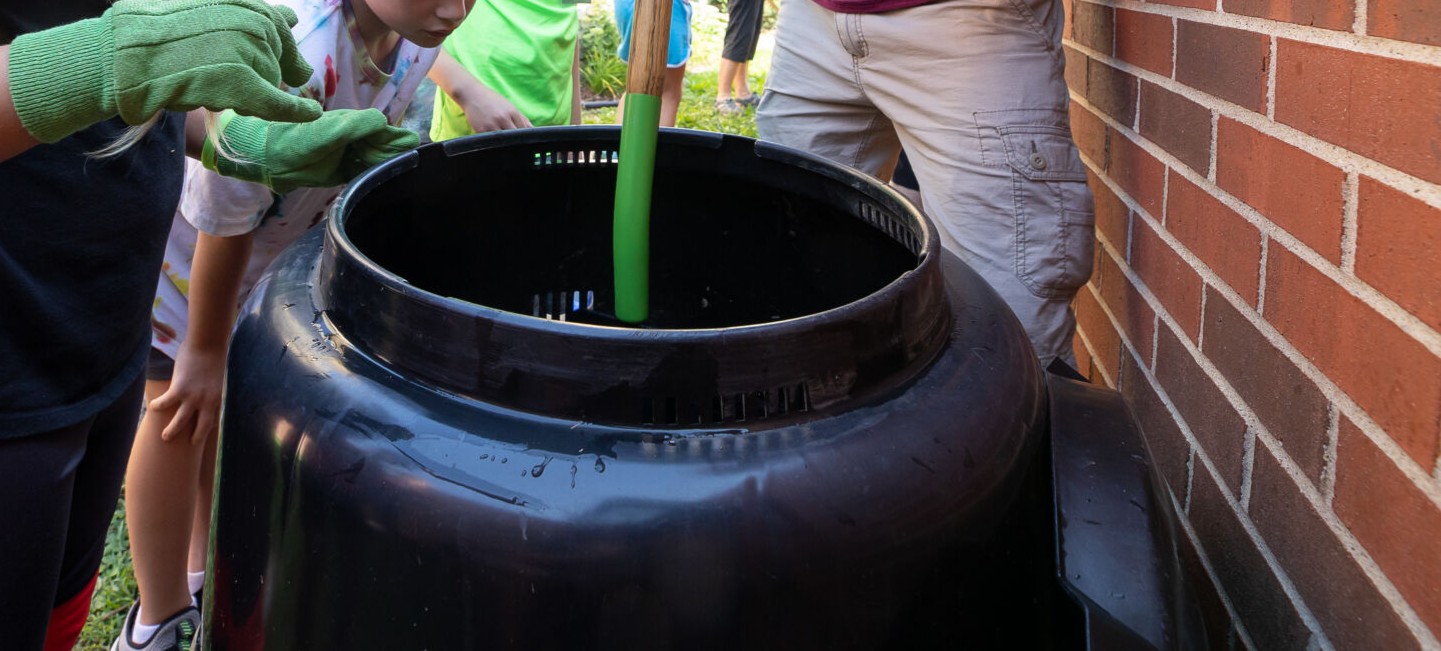Talking Plants
Jillian Patrie | University of Minnesota Yard and Garden Extension
Gardening with compost has been a go-to step for increasing soil fertility, improving soil structure and eliminating food waste for many gardeners over the years. There are many types of compost out there that come with a variety of benefits for plants and the soil. Let’s look a little deeper at how to use it and some things to avoid when it comes to compost.
The right combination of browns, greens, temperature, light and moisture works together to make compost into usable nutrients for plants and soil microorganisms. Composting food and yard waste reduces the amount put into the landfill each year and decreases the amount of methane and other gases that are released into the atmosphere by sequestering carbon in the soil.
Browns (carbon sources) include leaves, paper, sawdust, straw and should make up around 2/3 of the items put into the compost pile. Greens (Nitrogen sources) include grass clippings, plant scraps, fruit & vegetables scraps and should make up the other 1/3 of items added. DO NOT use meat, bones, grease, oil, dairy as these can be smelly. No pet feces should be added either, these items can transmit diseases. Weeds and invasive plant species should not be avoided as well, the heat created in the pile may not be effective at killing weed seeds.
Greens, browns, soil and water are added in layers, then the pile needs to sit. Turn the pile 1-2 times a month (this will differ for smaller tumbler type compost bins). The temperature in a compost pile should be between 130-140°, add water to the pile maintaining a 40-50% moisture level. Most medium to larger sized compost piles take 2-4 months and are half of their original height when ready. Use a thermometer to check on the temperature of the pile regularly, if temperatures reach more than 140° many beneficial bacteria will struggle, however weed seeds may be killed.
There are several shapes and sizes of compost bins or piles homeowners can use that best fit space and needs. The most common are barrel or tumbler style compost bins, because they are smaller, enclosed and make enough compost needed by urban and small-scale gardeners.
Composted animal manure is a common method of fertilizing gardens, however there are a few things to keep in mind before applying it to gardens. Poultry, sheep and horse manures are considered “hot”, triggering high amounts of bacterial activity, killing off beneficial organisms. If put on “too fresh”, these animal manures can burn plants in the process. Let these types of animal manures sit a couple weeks before applying them to plants as fertilizer. Animal manure should be applied 120 days before the harvest of leafy greens or vegetables, to avoid any harmful bacteria that may be present. Always wash your vegetables before eating!
Compost can be high in phosphorus, salts and other micronutrients. Overuse of compost in garden beds can cause issues instead of healthy plants. Test your soil annually to understand what nutrients are already in the soil before applying fertilizer or compost.
For more information about composting visit https://extension.umn.edu/managing-soil-and-nutrients/composting-home-gardens. For soil testing resources please visit https://soiltest.cfans.umn.edu/. For more information about harvesting food safely visit https://extension.umn.edu/yard-and-garden-news/harvest-your-garden-produce-safely.
For questions about this article or local assistance please contact Clay County Extension Educator, Jill Patrie at 218-299 7338 or by email at patri350@umn.edu.


